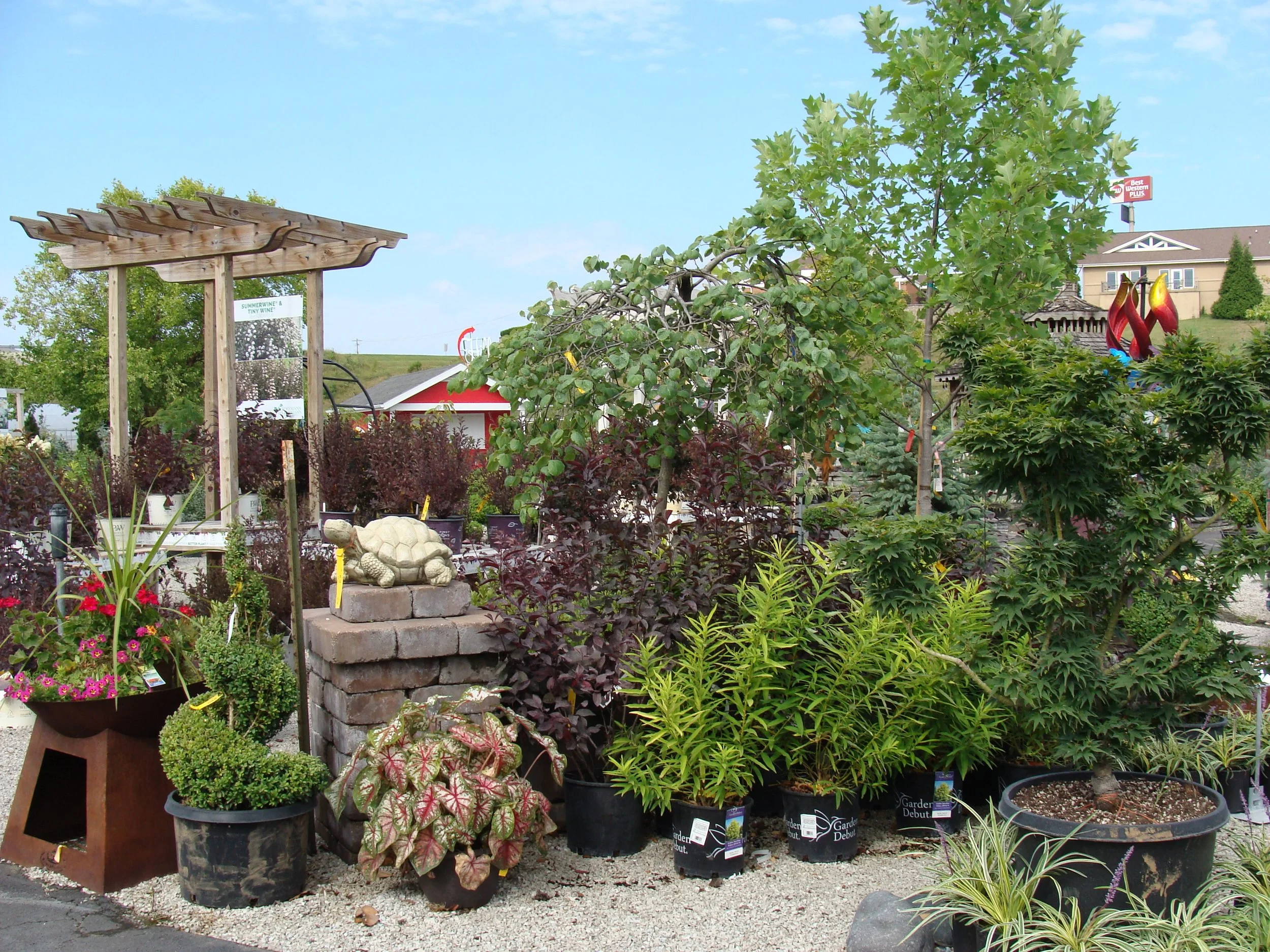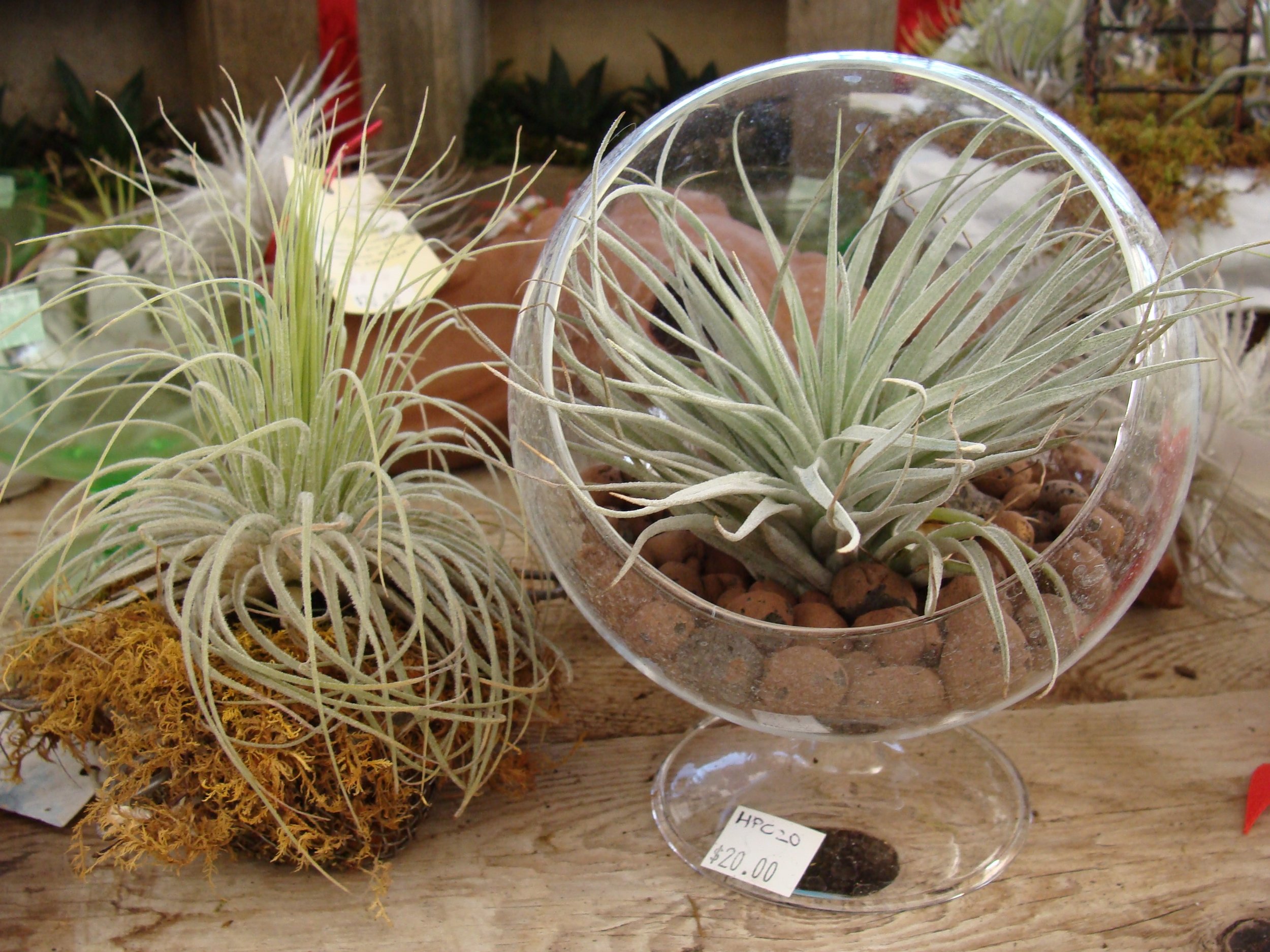Dieffenbachia
Dieffenbachia is a herbaceous, tropical plant with a straight stem and simple and alternate leaves that contain white spots and flecks, making it attractive as indoor foliage. Species in this genus are popular as houseplants because of their tolerance of shade. If the leaves are chewed or eaten it can cause temporary swelling of the tongue and throat, leading to a temporary loss of speech - hence the plant's common name of dumb cane. This is caused by the effect of raphides (needle shaped crystals of calcium) in the leaves of the plant. While it is usually not serious, it can cause suffocation. Avoid placing this plant where children or pets might be tempted to taste it.
Most dieffenbachia varieties do best in a filtered light situation, where bright to moderate light shines through a sheer curtain or other filtering window cover. Filtered light is particularly important in the spring and summer, when the dieffenbachia houseplant is producing new, tender leaves that are subject to sunburn. Rotate the plant regularly to provide adequate light to all sides of the plant and prevent it from reaching toward the light on one side. Most cultivars do fine in a low light environment; growth may be slower or stop, but the plant will remain healthy and attractive.
Overwatering is a common problem with many houseplants, and the dieffenbachia plant is no exception. Plant the dumb cane in a well-draining soil and water lightly, keeping the soil consistently moist, but not soggy. Check the soil to make sure it is dry an inch down before watering. Fertilize twice a month to encourage growth and health. A houseplant food high in nitrogen can be applied at half strength.
Browning bottom leaves on the dieffenbachia is normal for the plant; Snip them off to keep the plant tidy. If other leaves appear bleached, with a webby substance on the underside, check and treat the plant for spider mites with insecticidal soap spray or neem oil.
Plant of the Week Special:
- - - - - - - - - - - - - - - - - - - - - - - - - - - - - - - - - - - - - - - - - - - - - - - - - - - - - - - - -
20% OFF
Dieffenbachia Plants
Good through 2/12/18. Not good with any other sale, coupon or discount or on previous purchases. Print this coupon or mention offer at the checkout counter.
HNF-NL
- - - - - - - - - - - - - - - - - - - - - - - - - - - - - - - - - - - - - - - - - - - - - - - - - - - - - - - - -







